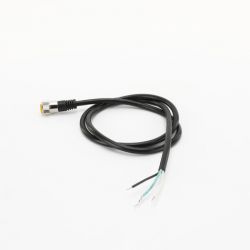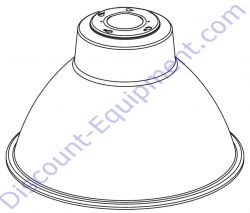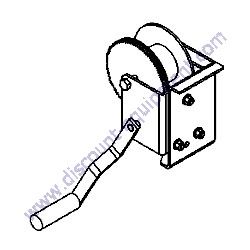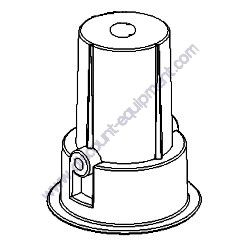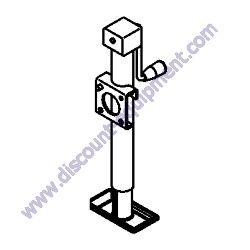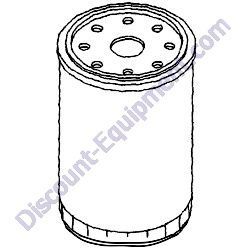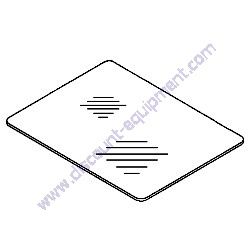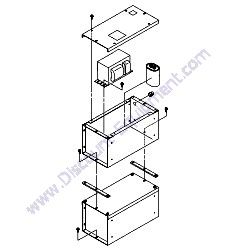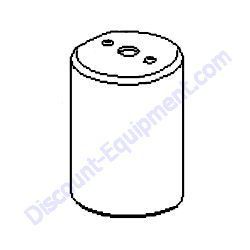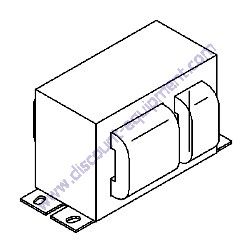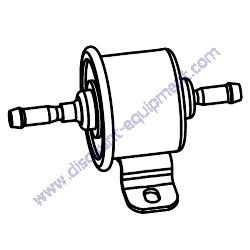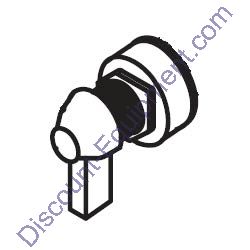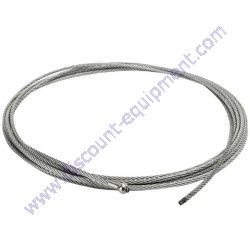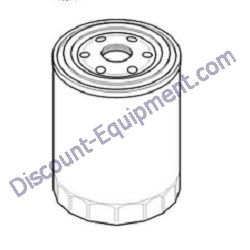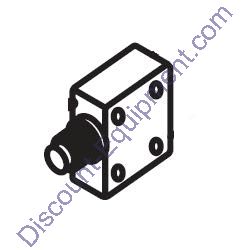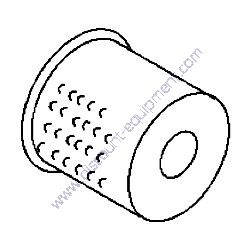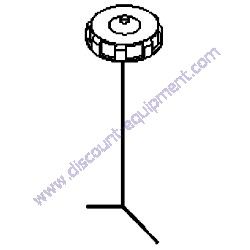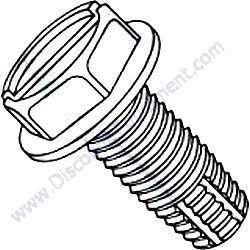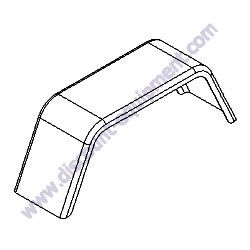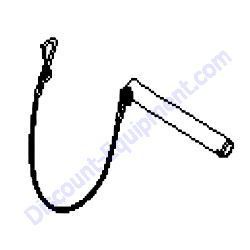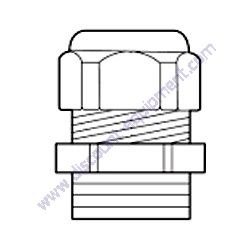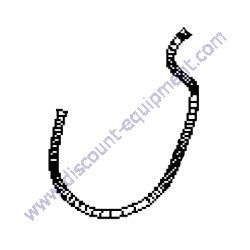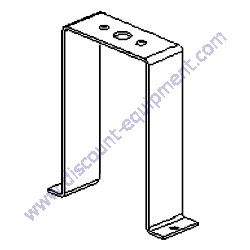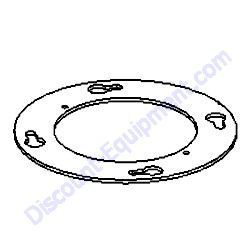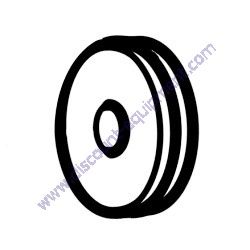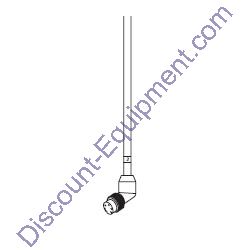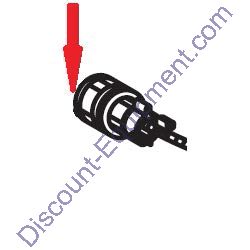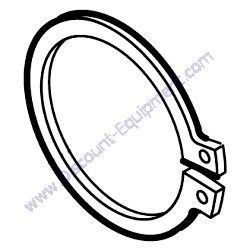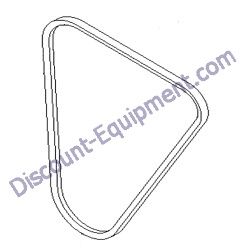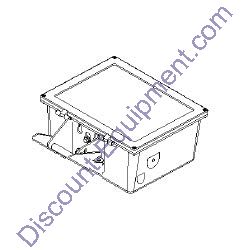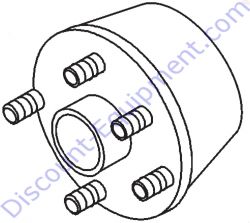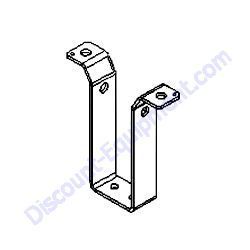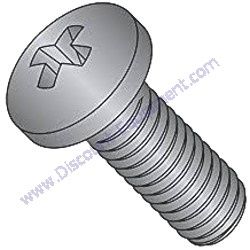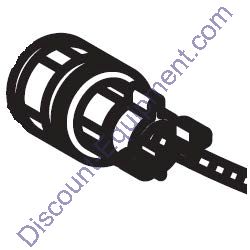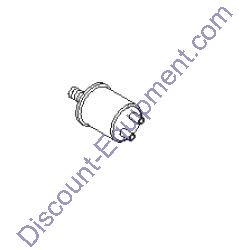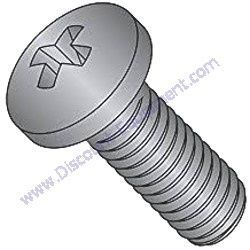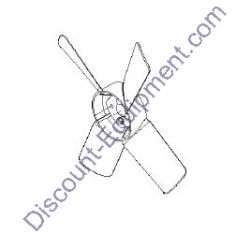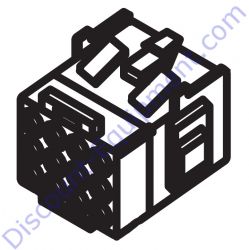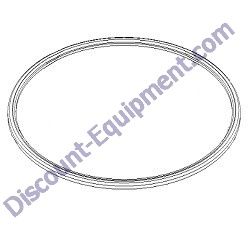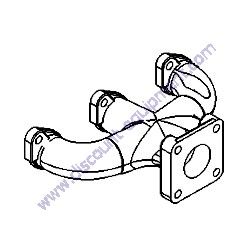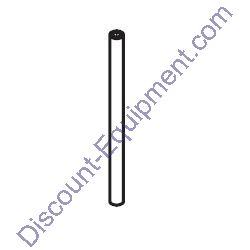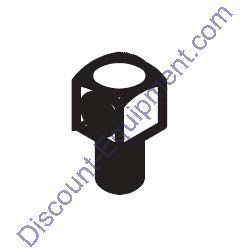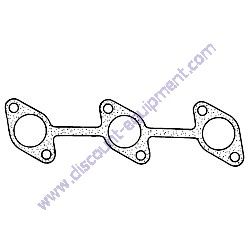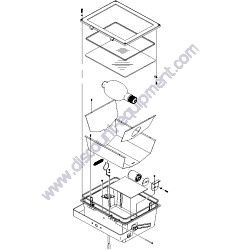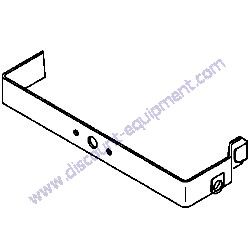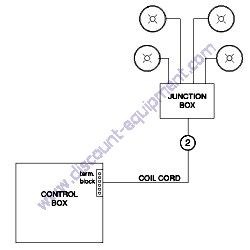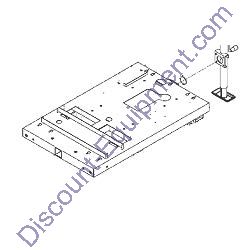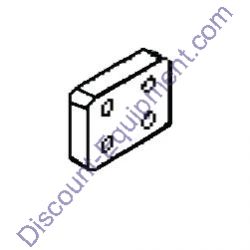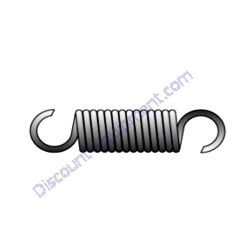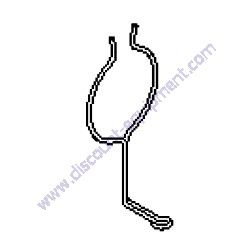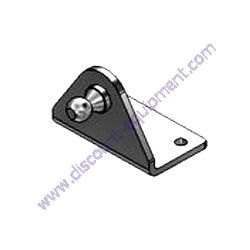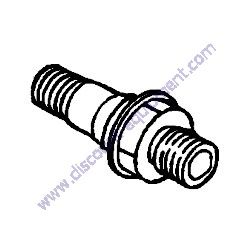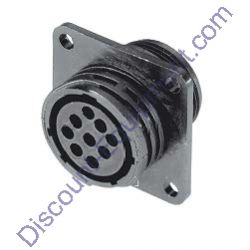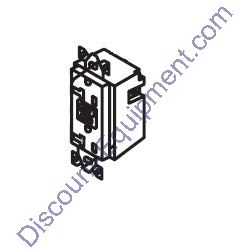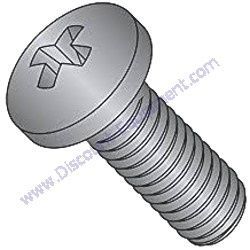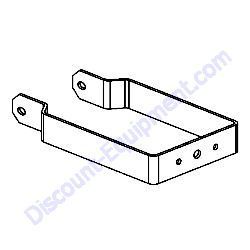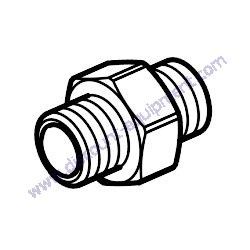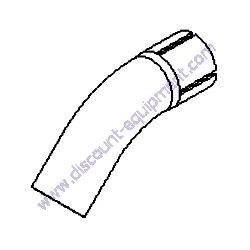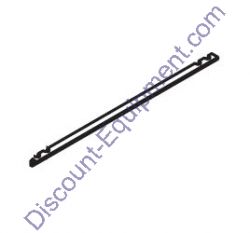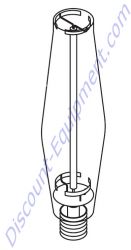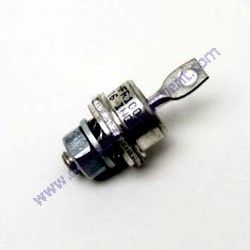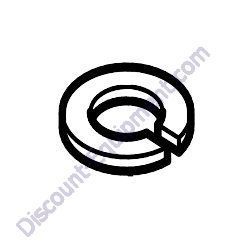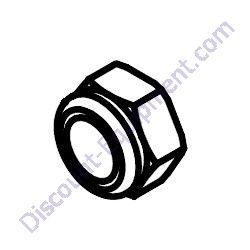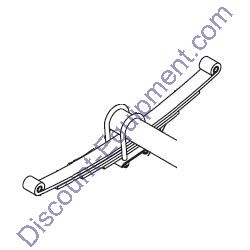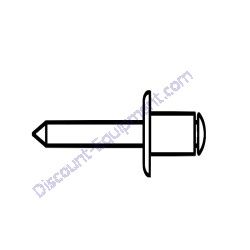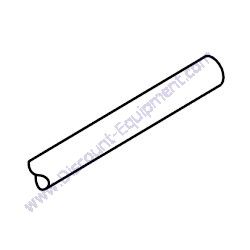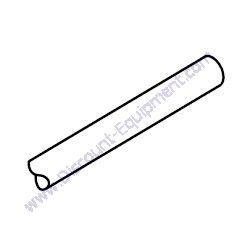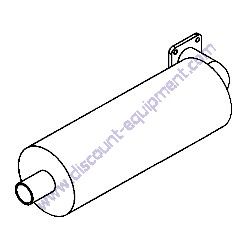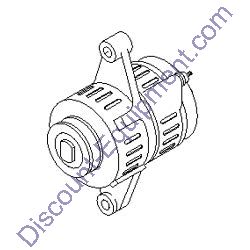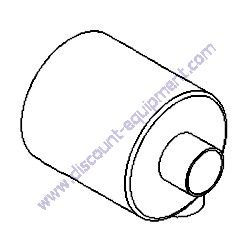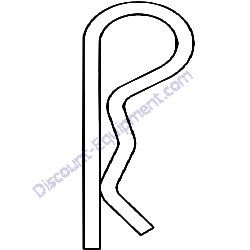Loader Backhoe, 14'8" 7604lbs. lift capacity (Terex TX760B TX760B)
Safety Information
NOTE: The Occupational, Safety and Health Administration (OSHA) requires that a complete "Owner/Operator's Manual" is present with every rented backhoe. If an "Owner/Operator's Manual" is not readily available in the machine you rented, contact your rental store immediately.
Also, the following safety points are a general overview only. Prior to operating your rented backhoe, you should take the time to familiarize yourself with the machine's controls, operating procedures, decals and machine-specific safety information. BE SAFE! DON'T TAKE CHANCES!
It’s one of the most popular machines on the construction site. And often, backhoes are one of the most abused machines on site. Following are procedures for safe working:
- Stay in the operator’s seat at all times when operating and keep your seat belt/operator restraint fastened when you drive the machine or operate the loader. Be in control of your machine at all times.
- Look and listen for malfunctions. Stop if you detect a malfunction or erratic operation.
- Correct or report trouble immediately.
- Never allow an untrained or unqualified person to operate the backhoe.
- Never use a bucket for a work platform or personnel carrier.
- Always look around before you back up, hook up or swing an attachment.
- Know the pinch points and rotating parts on the backhoe loader.
- Take it slow and easy when traveling through congested areas.
- Give the right of way to loaded machines. Maintain a safe distance from other machines. Pass cautiously.
- Don’t obstruct your vision when traveling or working. Carry the bucket low for maximum stability and visibility while traveling. Operate at speeds slow enough so you have complete control at all times. Travel slowly over rough or slippery ground and on hillsides.
Loader Safety Precautions- Stay in gear when traveling downhill. Do not shift into neutral. Maintain engine rpm to provide steering and braking functions. Use the same gear range for traveling down a grade as you would for traveling up the grade.
- Always use service brakes and parking brakes carefully and in accordance with the manufacturer’s manual(s).
- When working in hazardous areas, remain extremely alert.
- When operating the loader, be sure the backhoe is in the transport lock position to prevent backhoe movement.
- If the backhoe has been removed, make certain the unit has an adequate rear counterweight.
- Follow manufacturer’s recommendations.
- Use extreme caution when backfilling, since the weight of the fill material plus the weight of the machine could cause new construction to collapse.
- Never undercut a high bank.
- When working at the base of a bank or overhang, watch for dangers such as rock or earth slides, overhanging trees or a cave-in.
- Use extreme caution when working along the top of banks or slopes. Keep away from the edge.
- Always be alert for low branches and dead trees.
- Before entering underpasses, tunnels or bunkers, check for hazards or obstructions. Also check clearance height.
- Avoid steep slopes or unstable surfaces. If you must drive on a slope, keep the load low and proceed with extreme caution. Do not drive across a steep slope under any circumstances. Drive straight up and down the slope.
- Avoid turning on an incline if at all possible. If it is necessary, use extreme caution and make the turn wide and slow with the bucket carried low.
- Be careful when handling objects such as round bales, poles, stumps, sheets of plywood, etc.
- Lifting too high or rolling the bucket too far back could result in these objects sliding rearward down the loader arms onto the operator.
- Keep the work area as flat and level as possible. Avoid spinning the machine’s wheels and causing dangerous ruts. Use the loader bucket to backdrag occasionally to maintain a smooth surface.
Backhoe Safety Precautions- Make sure the area is clear of all persons before you start operating.
- Before operating the backhoe, engage the parking brake, lower the front-mounted equipment to the ground. Shift the transmission controls to neutral, lower the stabilizers and level the machine as much as possible.
- Never enter, or allow anyone else to enter, the backhoe swing pivot area.
- Never operate the backhoe controls from the ground.
- Do not dig under the machine or stabilizers. A cave-in could result, and the machine could fall into the excavation.
- Be careful that the machine does not roll into the excavation when the stabilizers are raised.
- Be sure the truck driver is out of the cab and away from the area before loading a truck.
- Never swing over the truck cab.
- When operating the backhoe on a slope, swing to the uphill side to dump load, if possible. If downhill dumping is necessary, swing only as far as is required to dump the bucket. Use extreme caution. Support your machine with the stabilizers before your begin digging.
- Always drop spoil a sufficient distance from the trench to prevent cave-ins.
- Before moving the machine, always be in the seat. Raise the loader bucket and stabilizers sufficiently to clear the ground and then drive the machine forward. After the machine has been positioned, engage the parking brake and shift transmission controls to neutral. Lower the loader bucket and stabilizers and level the machine.
While operators must take many other safety precautions, this overview provides basic guidelines for safe backhoe operation. |



